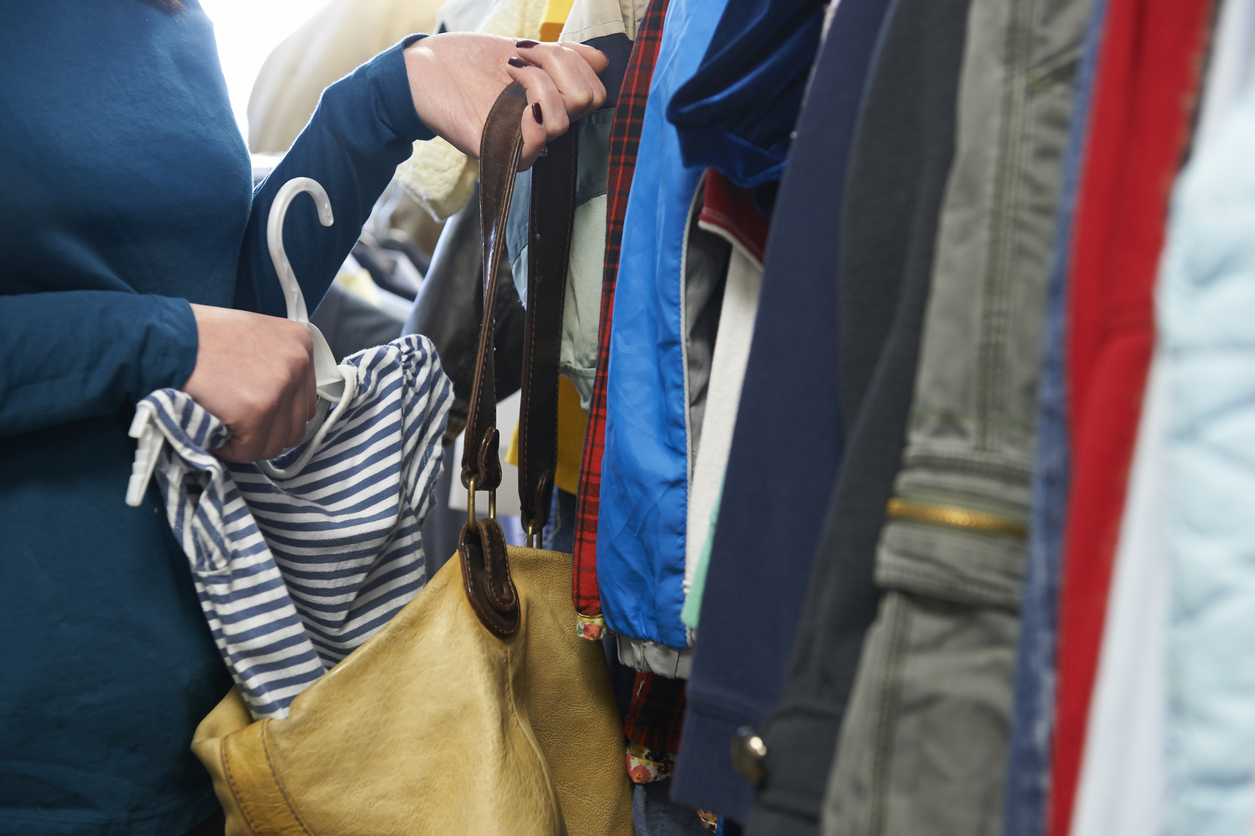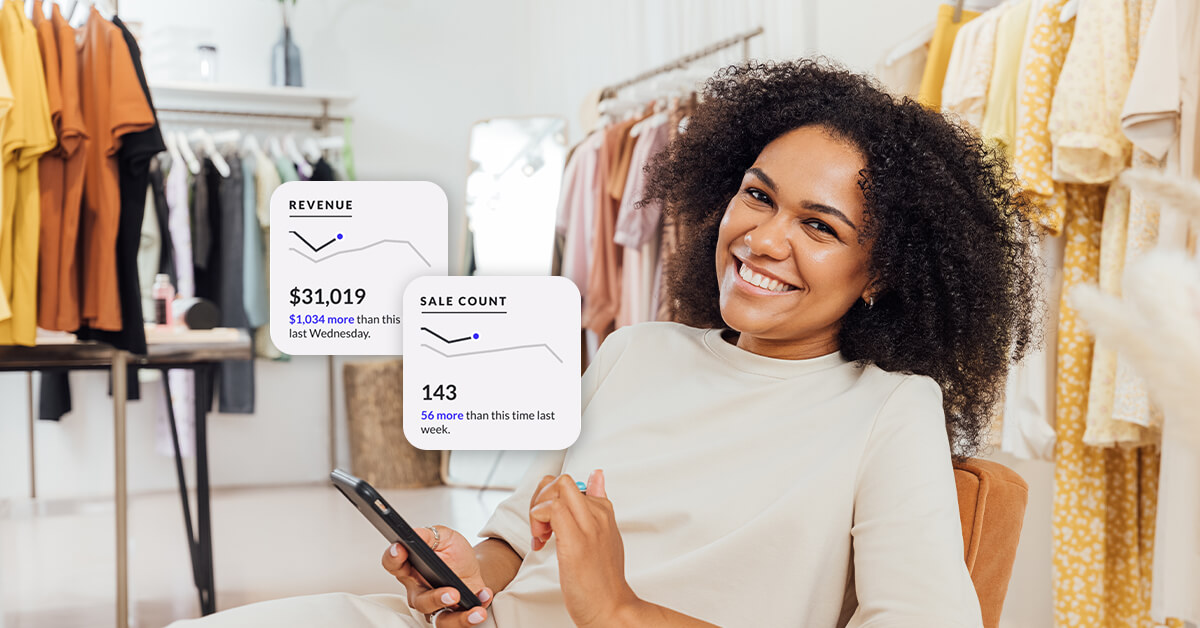
Shoplifting, theft and fraud are a big problem for retailers.
To give you some perspective, it is estimated that shoplifting costs the economy over $3 billion each year in Australia and New Zealand.
This rise can partly be attributed to the growing overlap between loss prevention and cybersecurity.
While eCommerce is helping retail merchants serve customers anywhere in the world, it’s also a haven for card-not-present transaction (CNP) fraud.
“These are changing times in retail and that means changes in loss prevention,” says University of Florida professor Richard Hollinger. “The challenge is for the honest to stay ahead of the dishonest.”
Let’s address the challenge of shoplifting and loss prevention head-on. In this post, you’ll learn the following:
- The definition of shoplifting
- Common shoplifting signs
- Employee theft
- How shoplifting is punished
- Civil liability for shoplifting
- State-by-state shoplifting laws
- Loss prevention techniques
What is shoplifting?
Shoplifting, or retail fraud, is the removal of merchandise from a store without paying for that merchandise. Having the intent to steal also qualifies as shoplifting. Intent to steal includes things like:
- Changing a price tag
- Removing security tags or other theft-prevention devices
- Putting merchandise in your pockets or bag
- Taking merchandise out of its packaging and concealing it
To spot a shoplifter and prevent them from stealing, however, you need to train your employees to keep an eye out for the telltale signs on your sales floor.
Shoplifting signs
Thieves can be any race, gender or background—there is no standard profile but there are red flags to look out for. It’s important to note that the below characteristics do not imply guilt. Always assume positive intent with people in your store and use our loss prevention techniquesto minimise the impact shoplifting has on your inventory shrinkage.
Past offenders
While shoplifters don’t all have the same appearance, you (or other retailers in your area) may already be aware of specific individuals who have or have tried to shoplift from your store.
If you’ve identified an offender after they’ve committed the act, use your security camera footage to capture an image of their face and hang them up in your employee break room so they can keep an eye out.
Likewise, share those images with retailers near you. If you all work together to spot and prevent shoplifters, you all benefit as a result.
Atypical customers
Look out for people that don’t look like your typical customer.
Let’s say you manage a clothing store that caters to middle-aged, female professionals looking for officewear. Teenagers are not your typical clientele—if a group walks in, that’s a red flag.
Oversized clothing or big bags
Anyone wearing baggy clothes or carrying a big bag, whether it’s a backpack, duffle bag, purse or grocery bag, is potentially an offender. If a shoplifter wants to steal as much merchandise as possible, they need something to store it in. Big bags and oversized clothing are great for concealing stolen goods.
Groups
Not all shoplifters are lone wolves. Shoplifters often work as a lifter/distractor due. The distractor(s) job is to distract sales associated by asking them time-consuming questions: finding a specific item, whether or not they have a product in stock, etc. The lifter is the person doing the actual shoplifting. While the distractor keeps sales associates occupied, the lifter steals merchandise.
While it’s good to know the basics and have a watchful eye, never underestimate how wily shoplifters can be; some of them are professionals. Here are a few of their more advanced tricks shoplifters use:
- Razor blades: Some shoplifters carry thin, sharp blades (like razor blades) and use them to remove alarm tags once they’re safely in the changing room.
- Booster bags: Lining a bag with tin foil prevents alarm tags from setting off the detectors around the store exists. It’s an easy way for thieves to quickly load up on merchandise and leave the shop undetected.
Other shoplifting signs
- Watching the staff and security, not merchandise
- Avoiding eye contact
- Loitering near store exits
- Occupying dressing rooms for a long time
Employee theft
Also known as internal theft, employee theft is when an employee steals from the organisation where they work.
The National Retail Security Survey found that retailers with 500 or fewer locations reported higher than average losses ($1,377.12) per employee-related case. This is the highest average losses have been over the past five years.
So, what can retailers do to prevent employee theft?
Inventory tracking
Many small businesses don’t use technology to track their inventory. Today, manually tracking inventory is simply insufficient and can result in overstocking.
When the inventory in your stock room and on your sales floor isn’t accurate, dishonest employees can take advantage of their employer with little fear of consequences.
To prevent the risk of overstocking, retailers need to invest in a retail point of sale with comprehensive inventory management capabilities. Without one, they risk increased shrinkage—and worse, only becoming aware of the discrepancy during their quarterly cycle counts.
Barcodes can also help retailers avoid shrinkage because they help efficiently track inventory with a handheld scanner. If you don’t have once, you can use Lightspeed’s free barcode generator instead.
Generate barcodes in just a few clicks
Use Lightspeed's free barcode generator and keep tabs on your inventory.
How shoplifting is punished
In many states, shoplifting is charged either as a theft or larceny offence—typically as petty theft or the state’s lowest-level offence if the stolen merchandise’s value is below a certain threshold.
Other states differentiate between shoplifting and standard theft offences and might treat shoplifting offences less severely (treating it as an infraction as opposed to a misdemeanour).
As an example, the state of Massachusetts treats first-time shoplifting offenders as follows: when the stolen merchandise is worth less than $100, it is only punishable by a fine of no more than $250, and jail time is not a possibility.
As the value of the stolen merchandise increases, so does the severity of the resulting criminal charge in each state. Check out our list of state-by-state shoplifting laws for further clarification.
Civil liability for shoplifting
On top of the criminal charges a shoplifter faces, each state has a civil law where shoplifters can be held civilly liable to the rightful owner of the merchandise for resulting damages.
In the case of the offender being underage, some states hold the parent or legal guardian may liable for money damages. The cap on this monetary penalty is typically lower than if the shoplifter was an adult.
That monetary penalty may include repaying the following:
- The full retail value of the stolen items
- The store owner’s financial losses that resulted from the theft
- Repayment of the store owner’s court costs and legal fees
Shoplifting civil liability laws vary from state-to-state. Click the link for your state below to learn more and–as always–consider consulting an attorney in your area to inquire about your specific cases.
State-by-state shoplifting laws
The laws around shoplifting and retail theft can vary by state. Click the links below for more information on shoplifting offences and civil liability laws.
Loss prevention techniques
There are both proactive and reactive ways to loss prevention. Proactively, retailers can invest in inventory management technology to assure their inventory levels are accurate and updated in real-time after each sale. Reactively, retailers must train their staff on how to handle shoplifting cases on the sales floor.
Inventory management technology
Inventory management is key to preventing inventory shrinkage, whether it’s from overstocking, theft, loss, fraud or shoplifting. Invest in a retail point of sale system with real-time inventory management capabilities to assure that you’re accurately tracking and counting your inventory.
Employee training
Train sales associates on how to identify potential shoplifters and how to handle those situations. The last thing you want is for your staff to wrongfully accuse someone of stealing. More often than not, the best approach to preventing theft on the sales floor is with great customer service.
If they spot someone who looks suspicious, have them approach the client and simply treat them as they would any other customer, asking them if they need help finding anything and what they’re looking for. More often than not, the feeling that they’re being watched is enough to deter thieves.
Staff should never try to apprehend a shoplifter on their own. Instead, they should reach out to a security guard or their managers for guidance. Be sure to include your store’s policy for how to handle theft in your employee training process. If the shoplifter leaves the store, review your security camera footage and circulate an image of the culprit internally so prevent them from doing it again.
Video surveillance
Hidden security cameras help deter shoplifters. When they know they’re being watched, but don’t know where the cameras are located (and don’t know where your store’s blind spots are), they’re likely to self-correct their behaviour and not steal out of the fear of being caught.
There’s legitimate science to back the concept of surveillance as a method of having dishonest people self-correct their behaviour. Michel Foucault’s Panopticon proved this theory to be incredibly effective when implemented in prisons.
Additionally, security cameras are vital for capturing visual evidence of shoplifters and escalating the investigation with police.
Electronic article surveillance
Electronic article surveillance (EAS) technology is a device that you tag to your merchandise. If someone tries to walk out of your store, the EAS technology emits a loud sound to alert staff of possible theft.
How to spot a shoplifter
While there’s no way to stop shoplifters and theft entirely, the right tactics, training and technology can help you minimise your losses from inventory shrinkage.
Use the tips and resources above to effectively spot shoplifters, prevent them from stealing, prosecute offenders within your rights and keep your retail business safe.

News you care about. Tips you can use.
Everything your business needs to grow, delivered straight to your inbox.



